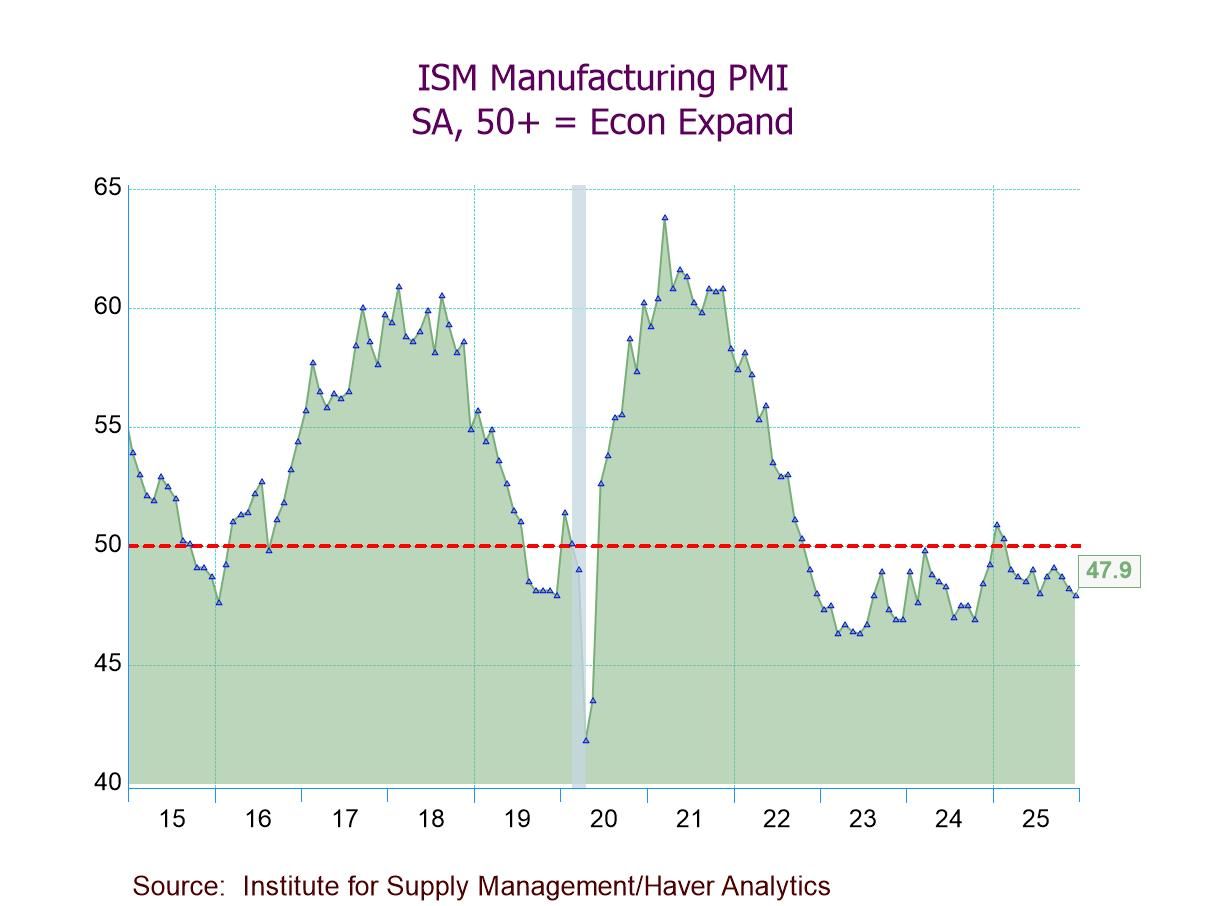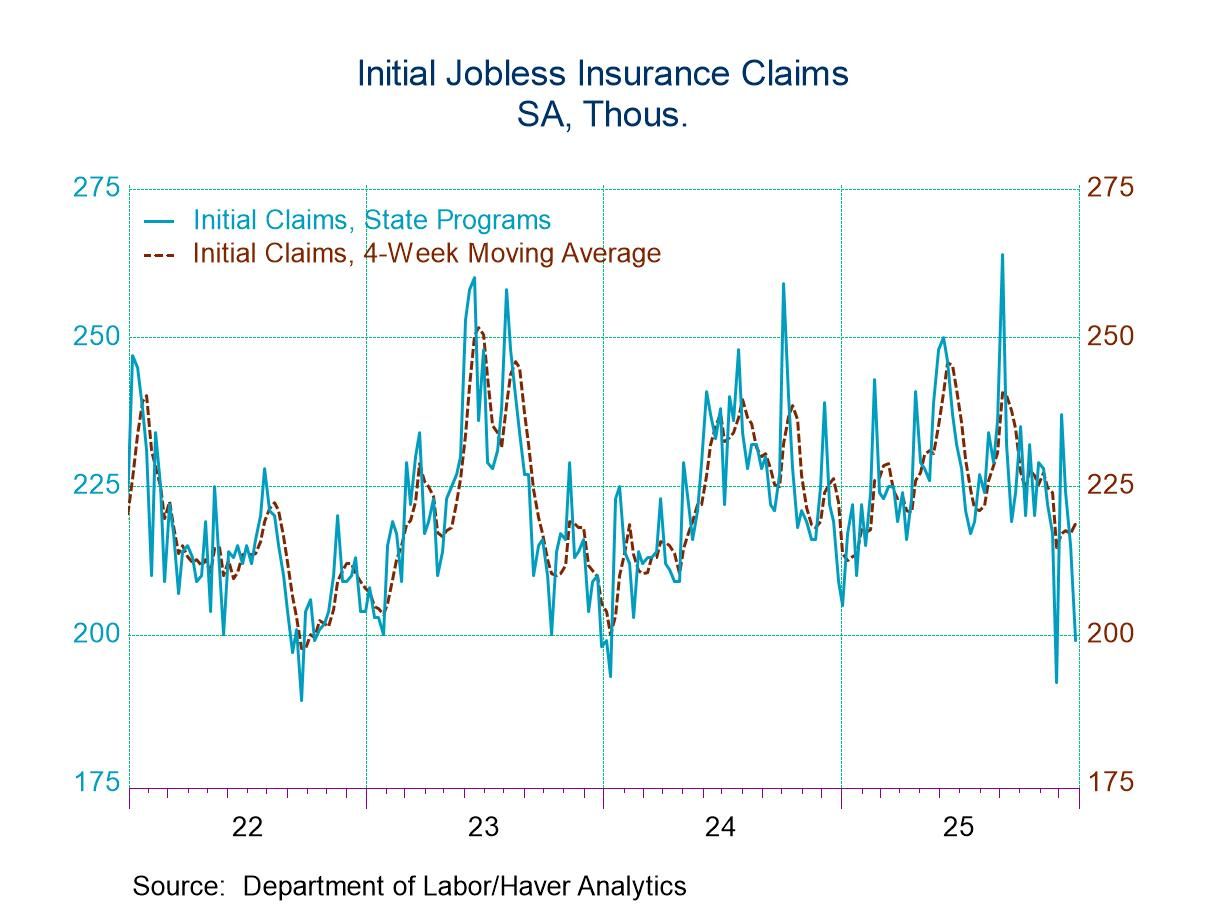Passenger Car Registrations Are Still Dead-in-the-Water

The chart of new passenger car registrations provides the best overview of the performance auto registrations and registrations in Europe through June of this year. Based on the numbers, there is a gain of 7.1% month-to-month in June, but there is also a decline of 10.8% in May and that follows an increase of 11.8% in April. The path of passenger car registrations is basically well sketched out by the head movement of a bobble-head doll attached to the dashboard of a ‘57 Chevy driving over a cobblestone street. And the chart is clear that there has been a lot of up and down in registrations, but the trend has been still very flat amid all the choppiness.
Cyclical behavior Vehicle registrations had begun a peaking action before COVID struck, but then the COVID episode took registrations down very sharply. They rebounded quickly and sharply post-COVID, but that didn't last very long. Russia's invasion of Ukraine took its toll on the outlook and on sentiment. As a result, another downtrend took place. That bottomed early in 2022 and there was a rebound; that rebound had pretty much run its course by mid-2023; from that point forward, we have simply been looking at this very volatile sideways performance with monthly registrations going back and forth, up and down but creating no trend.
Year-on-year growth clashes with volatility Still, over 12 months total European registrations were up by 3.1%. If we calculate that from a three-month moving average just to try to stabilize the calculation, it moves up slightly to 4.2%. The year-over-year comparison shows increases in registrations in each of the five countries detailed on the table. Registrations are strongest year-over-year in Italy where they rise 15.2%; they rise by 5.7% in Germany and by 5.1% in France. Registrations rise by a lesser amount in Spain and the U.K. as Spanish registrations are up by 2% over 12 months and U.K. registrations are up by 2.4%. Here note that the three strongest year-on-year gains are France, Italy, and Germany that had year-ago results that fell month-to-month or were only a tick higher by 0.1%. Spain and Italy, in contrast log month-on-month changes a year ago that rose 3% to 4%. So volatility haunts even the year-over-year calculations.
Even Broader calculations The big broad calculation that looks at the percent change of the most recent 12-month average against the previous nonoverlapping 12-month average shows European registrations up by 7.4% while registrations among the five countries detailed on the table show an 11.2% gain in the U.K., a 9.7% gain in Italy, a 10.7% gain in France, and a 7.7% gain in Spain; Germany puts in the weakest performance having registrations up by just 4.7%.
Performance since COVID For the sake of perspective, I also calculate the percent change in registrations compared to January 2020 before COVID struck. On that basis, European total registrations are lower by 12.7%. U.K. registrations are lower by 18%, Spanish registrations are lower by 10.7%, Italian registrations are lower by 5%, and French registrations are lower by 4.4%. Registrations in Germany are lowered by just 1.8%. Registrations in Germany have retained their level better than any other countries in the group.

Ranking performance vs. the past We can also evaluate registrations by looking at the unit registrations and comparing that to historic results and data back to 1995. Viewed in that way, total European registrations have a 22.6 percentile standing- a lower 25 percentile among historic results. Among the individual countries, the highest standing is from Germany with a 41.9 percentile standing, followed by the U.K. at 32.8 percentile standing, Italy logs a 30.2 percentile standing, Spains registrations have a 19.6 percentile standing, while registrations in France have a 11.4 percentile standing. All are weak.
What about growth rates? So in terms of the levels of registrations, the current levels of registrations are below their median on dated back to 1995. However, I also evaluate the European registrations totals by comparing growth rates over that span as well. Looking at the growth rates of registrations rather than the level of registrations, the European ranking is at its 62nd percentile so that the year-over-year pace of registration growth is slightly above what has been the median during this reference period. Even though the absolute number of registrations is significantly lower than it has been, growth has been solid.
Summing up On balance, today's report on registrations is not terribly encouraging, although it does provide a bounce back from weak performance a month ago. Clearly, their perspective simply shows us that we've been on a bumpy path and that means that neither this month nor last month gives us much sense of perspective on what's really happening in the sector. For Europe as well as individual countries, there is registration growth year-over-year although it's not very apparent from the chart. So it's not clear that this is a fundamental calculation or just the result of a weak comparison with 12-months ago. As we noted above, the year-ago comparison were weak in many cases. At the ECB meeting today, the central bank chose to keep its policy on hold; monetary policy is looking at conditions and reacting to data and to unfolding trends. The ECB did not announce a policy shift today. Certainly, the vehicle registration data will give the ECB few clues on what to do next. Markets seem to be of the opinion that there is a rate cut coming and the ECB has already started the rate cut cycle, and so it's reasonable to think that rates are on the down slope and that there will be a second reduction at some point. However, right now it's not very clear when that will come. Markets seem to have their sights set on September. That clearly is going to depend on data that we have yet to see.
Robert Brusca
AuthorMore in Author Profile »Robert A. Brusca is Chief Economist of Fact and Opinion Economics, a consulting firm he founded in Manhattan. He has been an economist on Wall Street for over 25 years. He has visited central banking and large institutional clients in over 30 countries in his career as an economist. Mr. Brusca was a Divisional Research Chief at the Federal Reserve Bank of NY (Chief of the International Financial markets Division), a Fed Watcher at Irving Trust and Chief Economist at Nikko Securities International. He is widely quoted and appears in various media. Mr. Brusca holds an MA and Ph.D. in economics from Michigan State University and a BA in Economics from the University of Michigan. His research pursues his strong interests in non aligned policy economics as well as international economics. FAO Economics’ research targets investors to assist them in making better investment decisions in stocks, bonds and in a variety of international assets. The company does not manage money and has no conflicts in giving economic advice.




 Global
Global

